NHTSA Begins Regulatory Proceedings for Autonomous Safety, You Can Help

Safety regulators with the National Highway Traffic Safety Administration (NHTSA) said they were opening formal regulatory proceedings to establish new safety standards for autonomous vehicles on Thursday. However, before the NHTSA can get into proposing new rules that will influence how cars that can control themselves will be handled by the U.S. government, it wants citizens to offer their two cents.
We’re talking specifically about Levels 3-5 of automation as defined by SAE, meaning cars that could someday be sold without steering wheels or any other means to take control of the vehicle yourself. It’s something industrial lobbyists with the Alliance for Automotive Innovation (AAI) already have a roadmap for and plan on sharing with the NHTSA soon. Based on the group’s previous initiatives, we imagine it’ll be advocating the government leave as much control in the hands of manufacturers as possible. But you’ll have a limited window to weigh in on that position (or, better yet, share your own) while regulators have an open request for public comment.
“This rulemaking will help address legitimate public concerns about safety, security and privacy without hampering innovation in the development of automated driving systems,” said Transportation Secretary Elaine Chao.
The agency also warned that hastily decided standards could ultimately stifle innovation and solidify rules that don’t actually promote legitimate improvements to safety. What was not discussed, however, was how decisions might impact the ownership experience — something the industry has been thinking a lot about while it seeks a way to end the private ownership of automobiles with help from various governments.
But that’s long term, big picture stuff. The more immediate issues involve finding ways to ensure public safety, with the National Transportation Safety Board (NTSB) being extremely critical of how regulators have been handling autonomous vehicle testing and advanced driving aids (ADS). It wants to see more regulation and safety redundancies that don’t allow modern technologies to encourage motorists to tune out. The NTSB has also been highly critical of the marketing language used to sell vehicles with advanced driving aids, suggesting they’re dangerously misleading and fool many customers into believing certain automobiles are capable of self-driving when they are not.
We’re inclined to agree with the NTSB but also hold onto fears that autonomous vehicles will mean the end of driving for enjoyment. If this year has taught us anything, it’s that the government isn’t overly concerned with prioritizing freedoms when it has safety in its sights. Formerly ridiculous concepts like forcibly limiting your speed or prohibiting an AV from taking certain routes now seem entirely plausible. Meanwhile, the industry will be vying for its own desires as it hopes to recoup the colossal financial losses incurred while attempting to develop autonomous cars.
“AVs can enhance roadway safety and increase access to mobility, and that’s why Auto Innovators applauds the Department of Transportation’s continued work to advance this important technology,” John Bozzella, CEO of the Alliance for Automotive Innovation, stated this week. “In the coming days, Auto Innovators will release its own AV Policy Roadmap with additional recommendations for policymakers. Both of these announcements demonstrate the forward looking, positive steps being taken to create a regulatory framework to advance and govern this technology.”
The advance notice of proposed rulemaking was submitted to the Federal Register on November 19th, is available online, and worth a read if you have time. Those interested in participating in the regulatory process by giving the government a piece of their mind may go to regulations.gov and follow the online instructions to comment. Makes sure to use docket number NHTSA-2020-0106 to get your message sent to the right people, regardless of whether you’re using a digital or physical format.
Comments can also be faxed (202-493-2251) or mailed to the following address: Docket Management Facility, M-30, U.S. Department of Transportation, West Building, Ground Floor, Room W12-140, 1200 New Jersey Avenue S.E., Washington, D.C. 20590.
[Image: Tesla]

A staunch consumer advocate tracking industry trends and regulation. Before joining TTAC, Matt spent a decade working for marketing and research firms based in NYC. Clients included several of the world’s largest automakers, global tire brands, and aftermarket part suppliers. Dissatisfied with the corporate world and resentful of having to wear suits everyday, he pivoted to writing about cars. Since then, that man has become an ardent supporter of the right-to-repair movement, been interviewed on the auto industry by national radio broadcasts, driven more rental cars than anyone ever should, participated in amateur rallying events, and received the requisite minimum training as sanctioned by the SCCA. Handy with a wrench, Matt grew up surrounded by Detroit auto workers and managed to get a pizza delivery job before he was legally eligible. He later found himself driving box trucks through Manhattan, guaranteeing future sympathy for actual truckers. He continues to conduct research pertaining to the automotive sector as an independent contractor and has since moved back to his native Michigan, closer to where the cars are born. A contrarian, Matt claims to prefer understeer — stating that front and all-wheel drive vehicles cater best to his driving style.
More by Matt Posky
Latest Car Reviews
Read moreLatest Product Reviews
Read moreRecent Comments
- Corey Lewis It's not competitive against others in the class, as my review discussed. https://www.thetruthaboutcars.com/cars/chevrolet/rental-review-the-2023-chevrolet-malibu-last-domestic-midsize-standing-44502760
- Turbo Is Black Magic My wife had one of these back in 06, did a ton of work to it… supercharger, full exhaust, full suspension.. it was a blast to drive even though it was still hilariously slow. Great for drive in nights, open the hatch fold the seats flat and just relax.Also this thing is a great example of how far we have come in crash safety even since just 2005… go look at these old crash tests now and I cringe at what a modern electric tank would do to this thing.
- MaintenanceCosts Whenever the topic of the xB comes up…Me: "The style is fun. The combination of the box shape and the aggressive detailing is very JDM."Wife: "Those are ghetto."Me: "They're smaller than a Corolla outside and have the space of a RAV4 inside."Wife: "Those are ghetto."Me: "They're kind of fun to drive with a stick."Wife: "Those are ghetto."It's one of a few cars (including its fellow box, the Ford Flex) on which we will just never see eye to eye.
- Oberkanone The alternative is a more expensive SUV. Yes, it will be missed.
- Ajla I did like this one.
















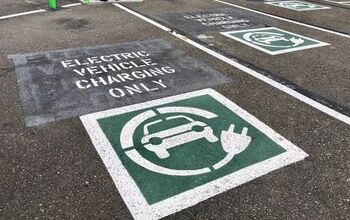



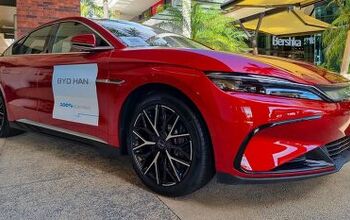


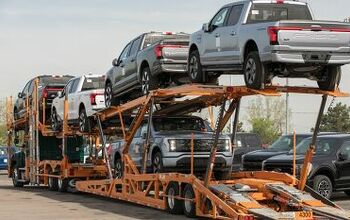



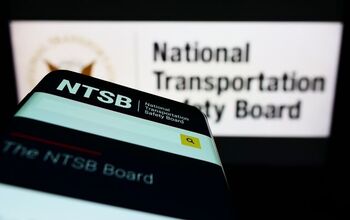
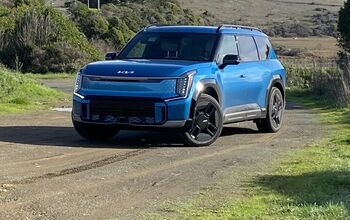
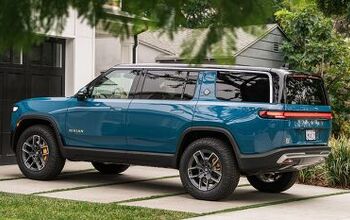


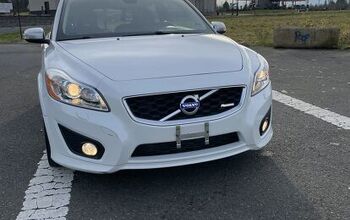

Comments
Join the conversation
There’s an easy solution: liability for accidents while using autonomous driving needs to be shared, or totally assumed, by the company that sold the consumer the product.
Total Recall: JohnnyCab.